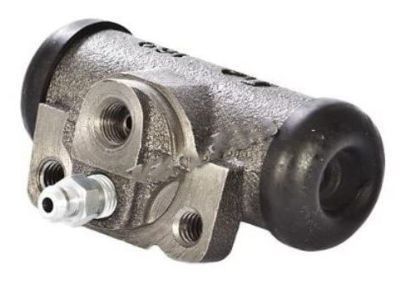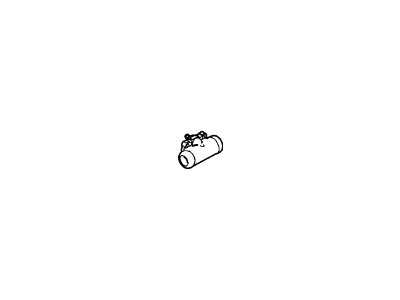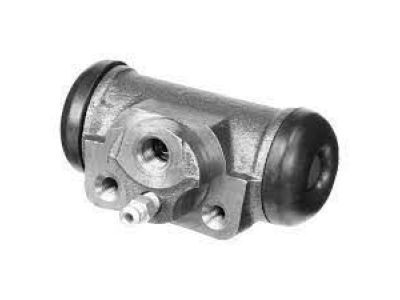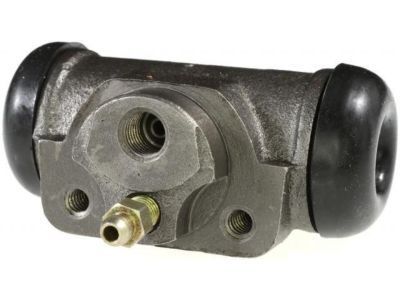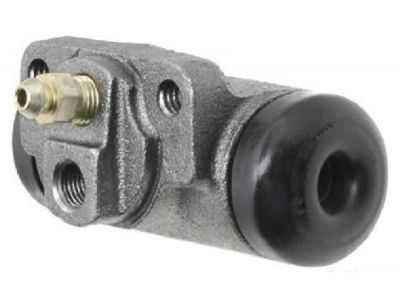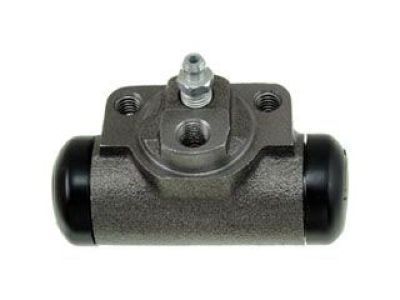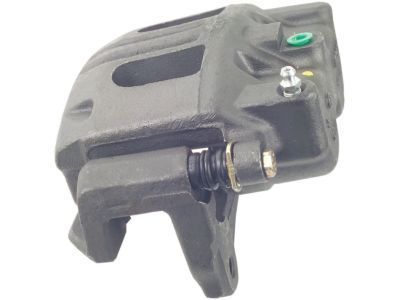

My Garage
My Account
Cart
Genuine Ford Ranger Wheel Cylinder
Brake Wheel Cylinder- Select Vehicle by Model
- Select Vehicle by VIN
Select Vehicle by Model
orMake
Model
Year
Select Vehicle by VIN
For the most accurate results, select vehicle by your VIN (Vehicle Identification Number).
5 Wheel Cylinders found
Ford Ranger Wheel Cylinder
The Wheel Cylinder in Ford Ranger is a hydraulic drum brake system and finds its utility in applying pressure on the brake shoes to the brake drum for effective and efficient braking system. Among them is a system through which hydraulic pressure actuates or thrusts pistons located within the cylinder outwards thus compressing the shoes or clad tightly against the drum. The construction of the Ford Ranger Wheel Cylinder generally composes a central cylinder, two reciprocating piston along with rubber seal and an expander spring while newer versions may be composed of aluminum to prevent rust as compared to earlier cast iron Wheels Cylinder. For the past few years, Wheel Cylinder styles used in Ford Ranger vehicles are the single-piston style and dual single-piston styles. Despite the fact that both types of design have the same basic function, the differences will have an impact on the performance and maintenance. There must be periodic checks because you may find that the Wheel Cylinder has developed leaks or corrosion, thus it will require either refurbishing or replacement since this makes it dangerous to drive with a weak braking force.
We provide a wide range of Ford Ranger Wheel Cylinder at the best prices possible. If you need Ford Ranger Wheel Cylinder, you can shop with confidence on our website. All our OEM parts come with a manufacturer's warranty and are delivered to your door step with a fast delivery service.
Ford Ranger Wheel Cylinder Parts Questions & Experts Answers
- Q: How to overhaul a wheel cylinder on 2000-2011 Ford Ranger?A:If an overhaul is indicated, usually due to fluid leakage or sticky operation, explore all options before beginning the job. New wheel cylinders are available, making this task quite easy. If rebuilding the wheel cylinder is chosen, ensure a rebuild kit is available before proceeding. Always rebuild both wheel cylinders at the same time. To remove the wheel cylinder, raise the rear of the vehicle and support it securely on jackstands, blocking the front wheels to prevent rolling. Remove the Brake Shoe assembly and clean all dirt and foreign material from around the wheel cylinder. Disconnect the brake line by removing the fitting and the two mounting bolts without pulling the line away from the cylinder. Remove the mounting bolts and detach the wheel cylinder from the brake backing plate, placing it on a clean workbench while immediately plugging the brake line to prevent fluid loss and contamination. For the overhaul, remove the bleeder screw, cups, pistons, boots, and spring assembly from the wheel cylinder body. Clean the cylinder with brake fluid, denatured alcohol, or brake system cleaner, and use compressed air to remove excess fluid and blow out the passages, ensuring the air is filtered and unlubricated. Check the cylinder bore for corrosion and score marks; use crocus cloth for light corrosion, but replace the cylinder if defects cannot be easily removed or if the bore is scored. Lubricate the new cups, pistons, and cylinder bore with brake fluid, then assemble the brake cylinder components, ensuring the cup lips face inward. For installation, place the wheel cylinder in position, install the mounting bolts, and tighten them to the specified torque. Connect the brake line and install the brake shoe assembly, then bleed the brakes.
